How to Attract Beneficial Insects to Your Garden
A lot of people think of bugs as pests to plants, but that’s not the case at all. Some insects can help your garden grow healthier, and they can even prey on other bugs that damage your plants. These are what you call beneficial insects.
They help in a lot of different ways. Some move pollen around your garden, while others go after bugs that chew holes in the leaves of your plants. Attracting these helpful creatures can help you manage your garden more easily.
So if you’re dealing with pests or want your garden to grow naturally, it helps to understand the importance of having beneficial insects around. Once they thrive in your garden, you’ll see the results in no time.
This post may contain affiliate links, which helps keep this content free. Please read our disclosure for more info.
What Are Beneficial Insects?
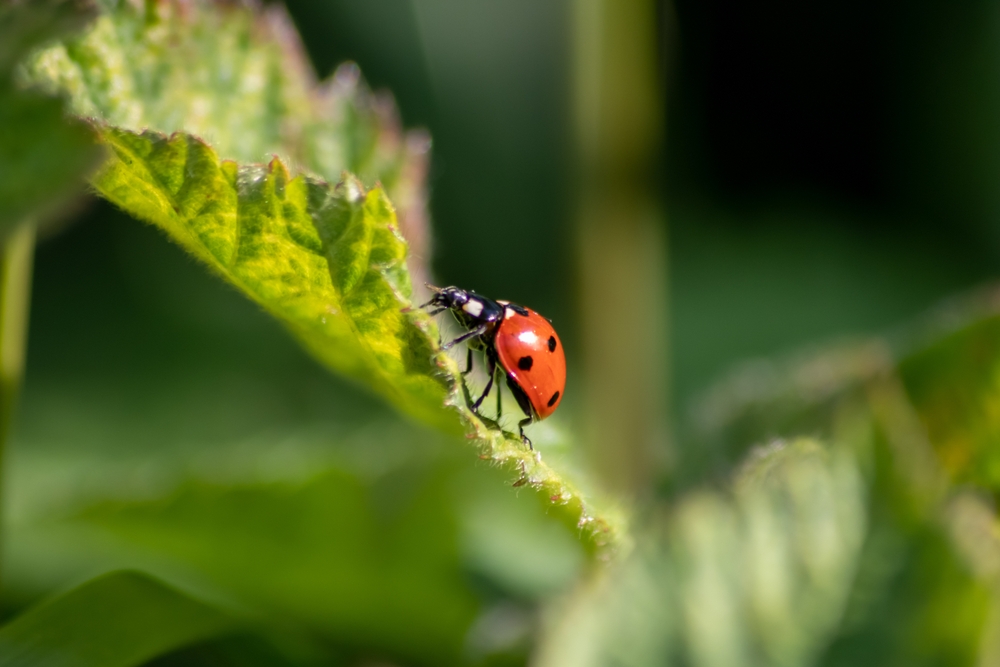
Beneficial insects are the ones that help your garden instead of hurting it. They are usually divided into groups that eat pests, lay eggs inside or on bad bugs, and the ones that help with pollination.
- Predators like ladybugs and lacewings eat bugs that damage your plants.
- Parasitoids lay their eggs on other pests like caterpillars.
- Pollinators like bees help fruits and flowers grow by moving their pollen around your garden.
You’ve probably seen a few of these helpers in your garden already. After all, ladybugs, lacewings, and bees are the most common ones.
Common Beneficial Insects and Their Roles

Ladybugs are famous for eating aphids, but they also go after mites and scale insects. They’re great to have around, especially in the spring when aphid problems usually start.
Lacewings might look delicate, but their larvae are fierce. They eat just about any soft-bodied pest, including whiteflies and mealybugs. Hoverflies pull double duty by pollinating flowers and feeding their young on aphids and thrips.
Bees are the best-known pollinators, and you can’t have a thriving vegetable or flower garden without them. Parasitic wasps help with pest control by laying their eggs on caterpillars or aphids. And ground beetles? They take care of the bugs hiding out under leaves and soil, like slugs and snails.
Flowers and Plants That Attract Beneficial Insects
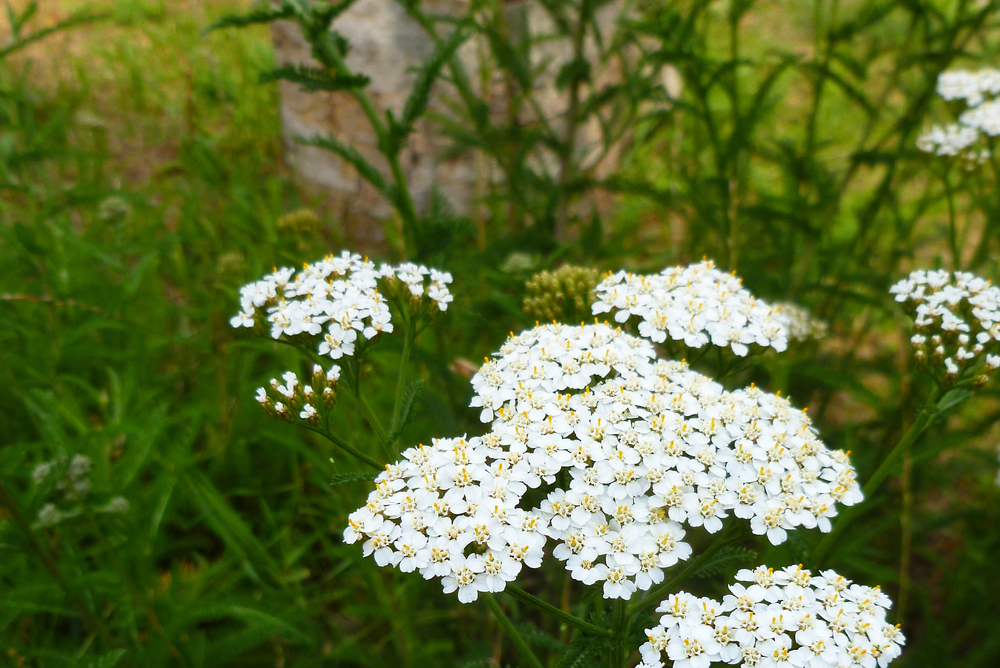
If you want more good bugs, it helps to have a wide mix of plants. Flowers, herbs, and vegetables all work better together than a yard full of just one thing. More plant variety means more food and shelter for insects.
These are plants that are good to mix in your garden.
- Yarrow
- Dill
- Fennel
- Alyssum
- Coneflowers
- Sunflowers
- Marigolds
It also helps to plan your blooms throughout the growing season. Some bugs show up early in the spring, while others don’t come until late summer. By having something in bloom from March through October, you give them a reason to stick around.
Creating a Welcoming Habitat
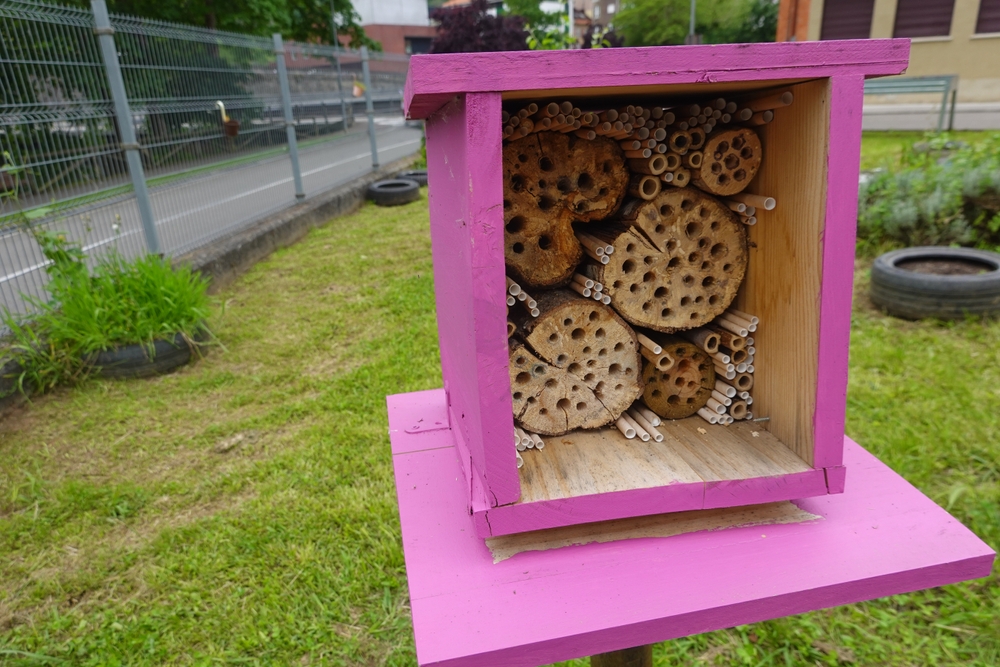
Chemicals can drive away or even kill the insects you’re trying to bring in. Try to avoid using pesticides and weed killers, especially the strong ones. Even natural sprays can harm beneficial bugs if you’re not careful.
Insects also need places to hide and lay eggs. Leaving some mulch, a few logs, or small rock piles shelters them. If you can, let one corner of your garden grow a little wild. That patch might look messy, but it’s the perfect spot for bugs to rest, feed, and raise the next generation.
If you want to go the extra mile, think about building a home for the insects. These can be made from sticks, bamboo, or hollow stems and give bugs a dry, safe place to live.
Companion Planting Strategies
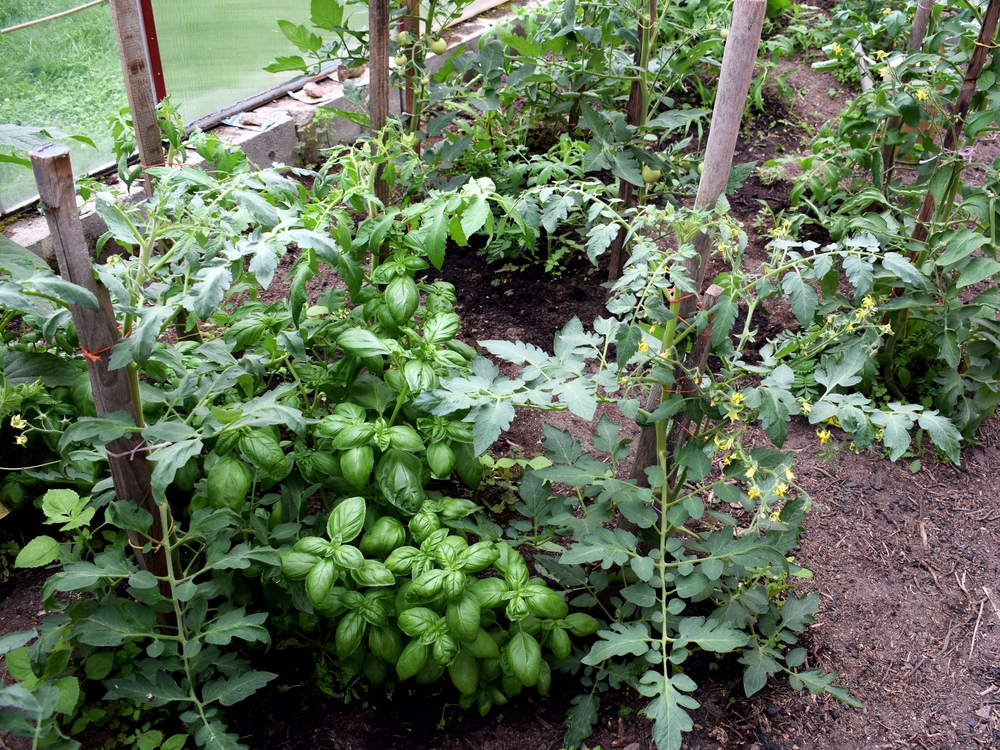
Some plants just work better together. Companion planting uses this idea to bring in helpful bugs and keep pests in check. For example, basil near tomatoes can help deter hornworms and attract pollinators at the same time.
Good pairings include:
- Basil with tomatoes
- Marigolds near vegetables
- Dill and fennel near brassicas
- Nasturtiums near squash or cucumbers
Another trick is trap cropping. This means planting a few things that pests love in a spot away from your main crops, so the bad bugs head there instead.
Maintaining a Healthy Balance
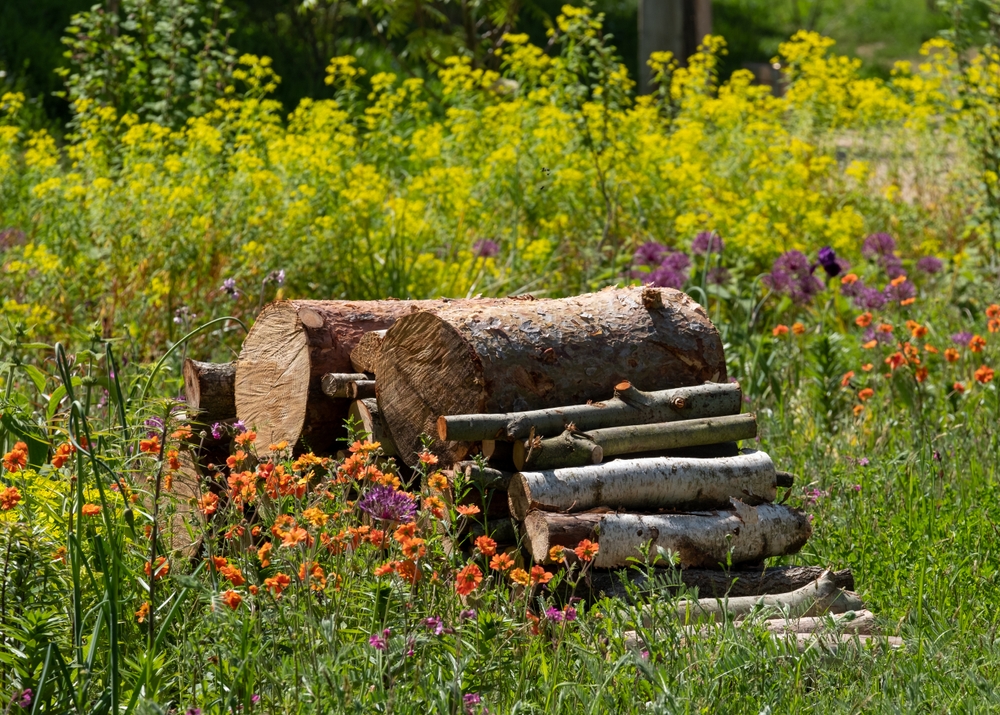
Trying to get rid of every single pest doesn’t usually work and can backfire. A healthy garden will always have some pests around. That’s what keeps the beneficial insects interested and gives them something to eat.
Nature works best with a mix of things going on. When you let the natural predator-prey cycle happen, the good bugs tend to show up right on time. Before reaching for anything to spray or squash, take a few minutes to watch what’s happening. You might already have some helpful insects taking care of it.
The key here is balance. Too many pests are a problem, but no pests at all won’t attract beneficial insects to your garden.
Mistakes to Avoid
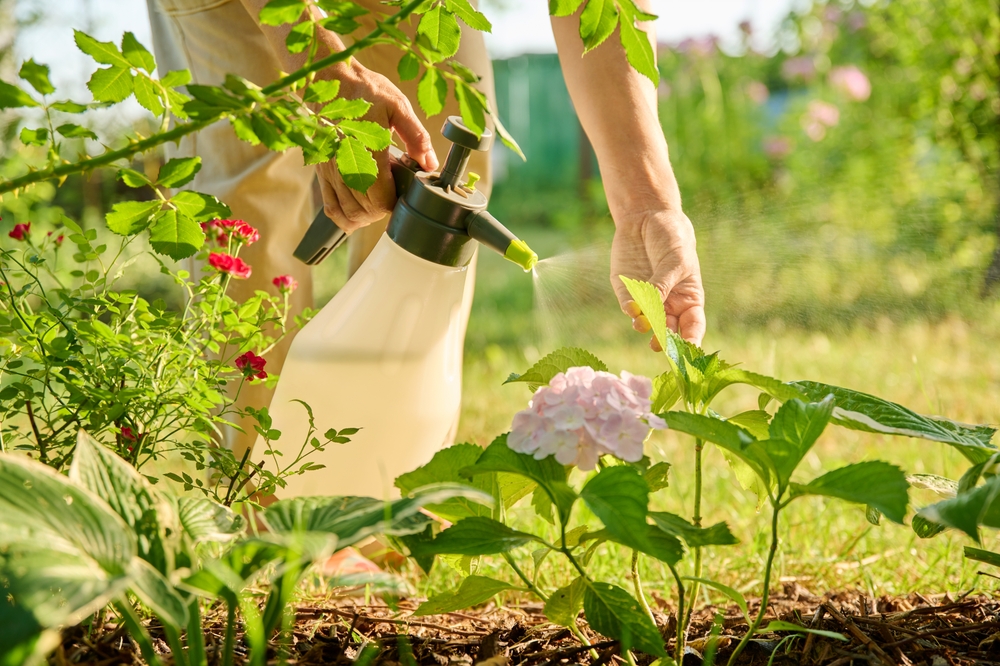
One of the biggest mistakes gardeners make is using too many chemicals. Even the ones labeled as safe can mess things up if used too often.
Here are other mistakes that you want to avoid.
- Pulling out every weed (some are helpful)
- Planting just one type of flower or crop
- Skipping bloom variety across the seasons
Don’t forget about seasonal changes. A garden that only blooms in spring or summer won’t support insects year-round. Try to mix in early and late bloomers so there’s always something to feed on.
How to Identify Beneficial vs Harmful Insects
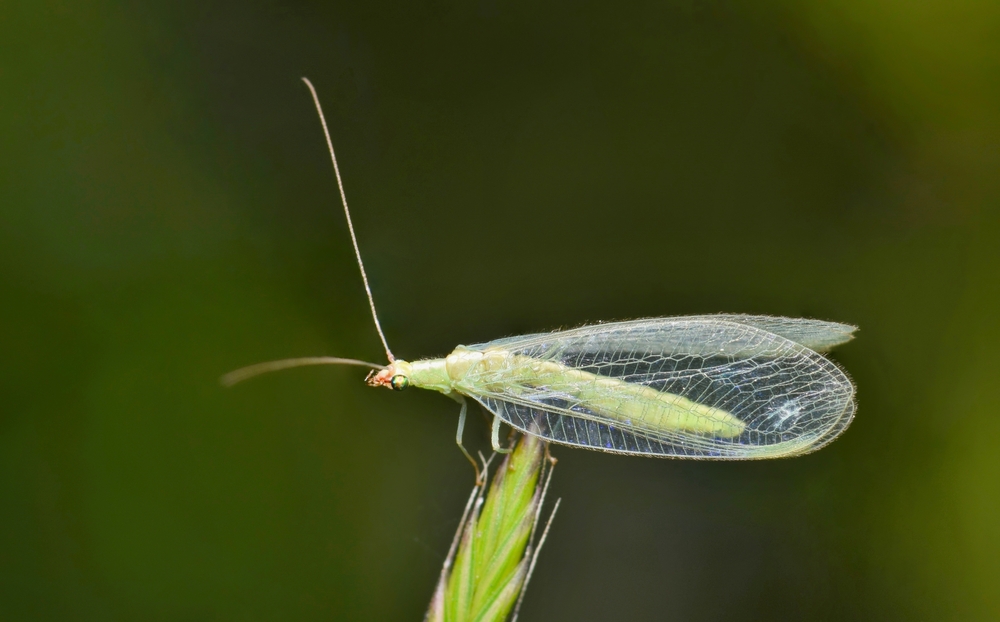
Learning which bugs are helpful takes time, but you’ll start to notice patterns. Beneficial insects tend to be active hunters or hang out near flowers. Pests usually cluster on stems or the undersides of leaves.
Spend time watching your plants. You’ll get a feel for what looks normal and what doesn’t. If you see a bug and aren’t sure what it is, take a picture and look it up. There are lots of gardening books and websites that can help you figure it out.
Attracting helpful insects can make your garden stronger and more productive. You’ll spend less time fighting off pests and more time enjoying the results.
Keep your garden mixed, avoid heavy chemicals, and pay attention to what’s going on out there. When you welcome the right bugs in, your whole space starts to come alive in a good way.
This article originally appeared on Avocadu.
